Dizziness
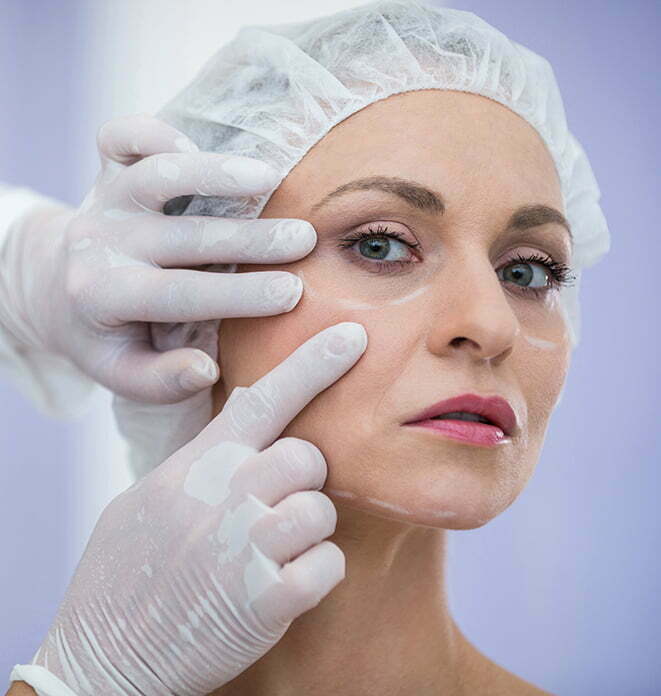
Botox, or botulinum toxin type A, is a drug injected into the skin. While the procedure isn’t permanent, it works well to block the muscle movements that cause them to contract. This reduces the appearance of facial wrinkles and helps treat conditions, such as crossed eyes, blurred vision, and eyelid spasms. When Botox is injected, it blocks the impulses from nerves that alert the muscle to contract. Results of Botox typically last for weeks or months, and the effects last longer the more it’s received. Once the blocking wears off, further injections will be needed to maintain the wanted results.
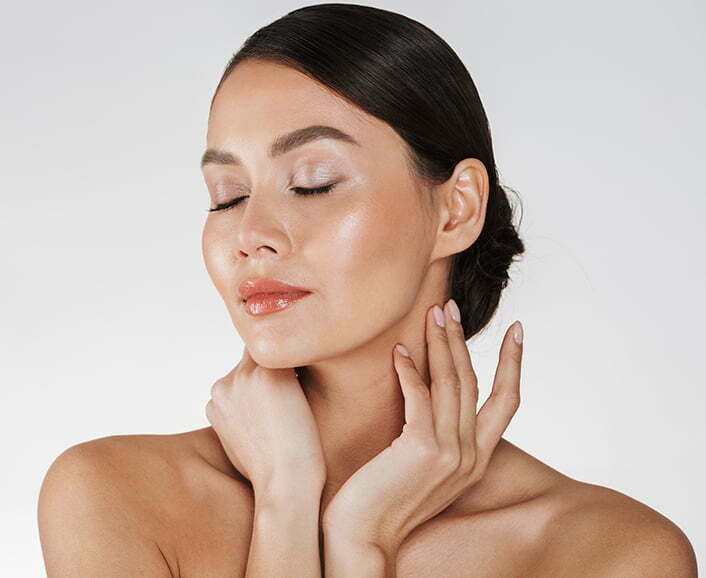
Botox cosmetic around the eyes and face has proven to not only reduce the appearance of wrinkles but is known to treat several eye conditions, including the following.
Strabismus (Crossed Eyes)
Botox is used when someone develops a stronger eye, which will lead to the person’s gaze leaning toward one side. Botox is injected near the stronger eye, so the weaker eye will have a chance to recover. It has been used as a treatment for strabismus for more than 35 years.
Diplopia (Blurred Vision)
Botox is used to treat diplopia by rebalancing the eye muscles that, in turn, will correct double vision whether it exists in one or both eyes.
Blepharospasm (Eyelid Spasms)
Abnormal eye muscle contractions can be caused by dry eyes, twitches, eyelid tics, and many other reasons. Eyelid spasms happen because the eyelids are being forced closed. For 25 years, Botox has been used to treat Belpharospasms and is successful in most people.
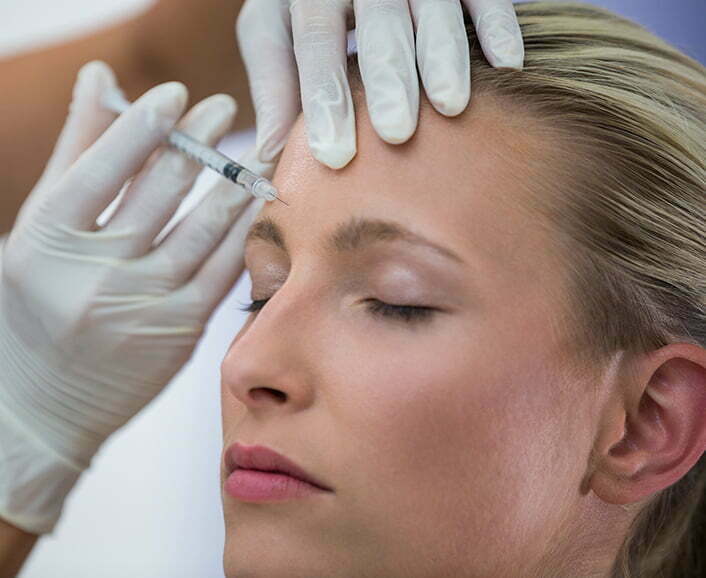
When used appropriately, Botox is safe for those aged 65 years and older as long as they’re generally in good health. It not only helps to reduce unwanted signs of aging but can help to treat the medical conditions mentioned above to improve quality of life. There is no recommended age to stop receiving Botox. When considering Botox, you should speak with your eye care specialist and your primary care physician to ensure that you’re a good candidate.
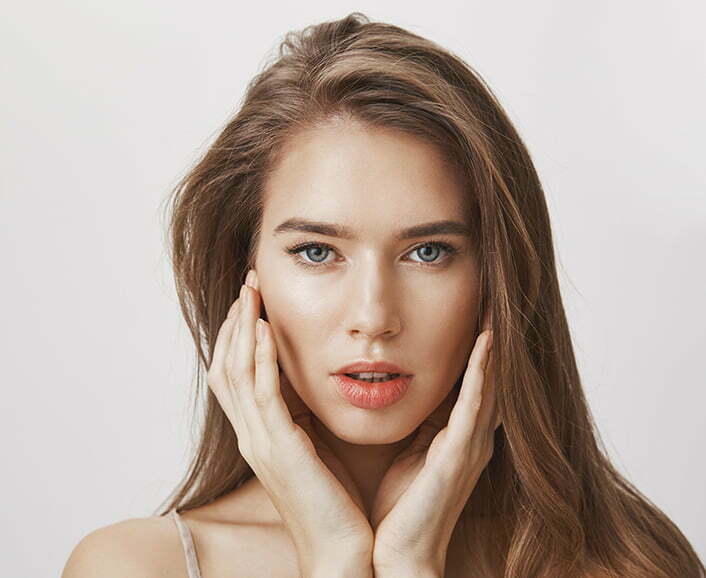
Strabismus does not discriminate regarding age and affects people of all ages. Those over the age of 65 may still be wondering if treatment with Botox will work for them. Not only is it safe to receive Botox at this age, but it’s also highly recommended as a way to treat Strabismus in those patients. When strabismus appears for the first time in adults, it may cause double vision. Adult strabismus is very common and can develop for several reasons. Botox is an excellent alternative to surgery, which may not be advised in certain circumstances.

When used for cosmetic purposes, insurance will not cover Botox injections. However, Botox is insurance-approved for certain medical conditions use. Speak with your eye doctor and insurance company to see if the procedure will be covered under your plan. Botox is generally quite affordable at around $10 to $15 per unit if not covered. The number of units you’ll need will vary depending on your condition’s severity.

Preparation for Botox is similar to other injectable drugs. You should avoid alcoholic drinks for 24 hours beforehand and hold off on any blood-thinning medications, such as aspirin, acetaminophen, or nonsteroidal anti-inflammatory drugs (NSAIDs) like ibuprofen or naproxen sodium for a week prior. You should also hold off on garlic supplements, green tea, fish oil, and turmeric for a week before your appointment. These things all lead to increased bruising due to their blood-thinning effects. You should always consult your primary care provider or prescriber to get clearance to stop any medications.
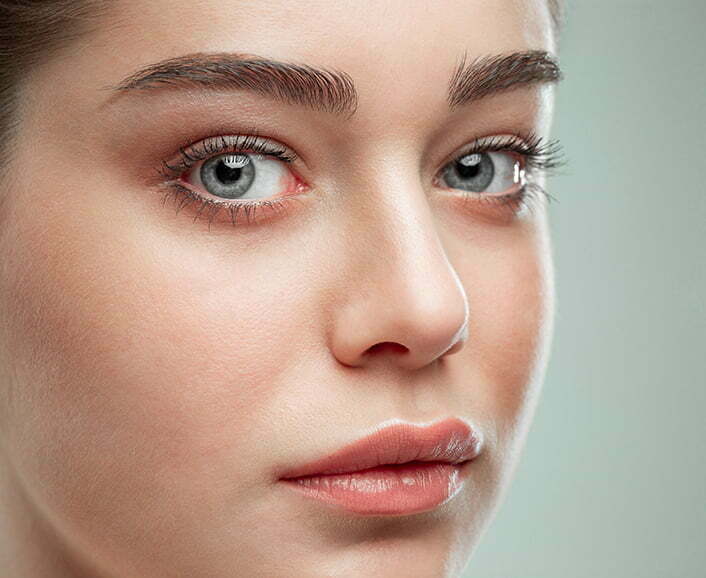
At Northeastern Eye Institute, we’ve been serving the Northeast Pennsylvania area since 1984. We have a team of skilled doctors and support staff, comprehensive facilities, and modern equipment to help our patients feel comfortable during their time with us. We’ll work with you regardless of age to develop a treatment plan for your lifestyle. We treat a wide range of vision and eye problems, from general eye exams to photorefractive keratectomy (PRK) surgery, and everything in between.
We’re a pioneer in providing safe and effective treatments for our patients, whether it be laser eye surgery or treatments for other eye conditions such as Strabismus. We also offer comprehensive eye care to ensure our patients can live life fully without being hindered by eye conditions.
Contact Northeastern Eye Institute Today
If you’re in the Northeastern Pennsylvania area and are interested in more information about Botox cosmetics around the eyes and face, contact Northeastern Eye Institute today. Our team would be happy to answer any questions you may have or get you scheduled for a consultation with one of our experienced ophthalmologists to discuss any of the services we offer. You can send us a message online via our secure form or contact us by phone at 570-342-3145.